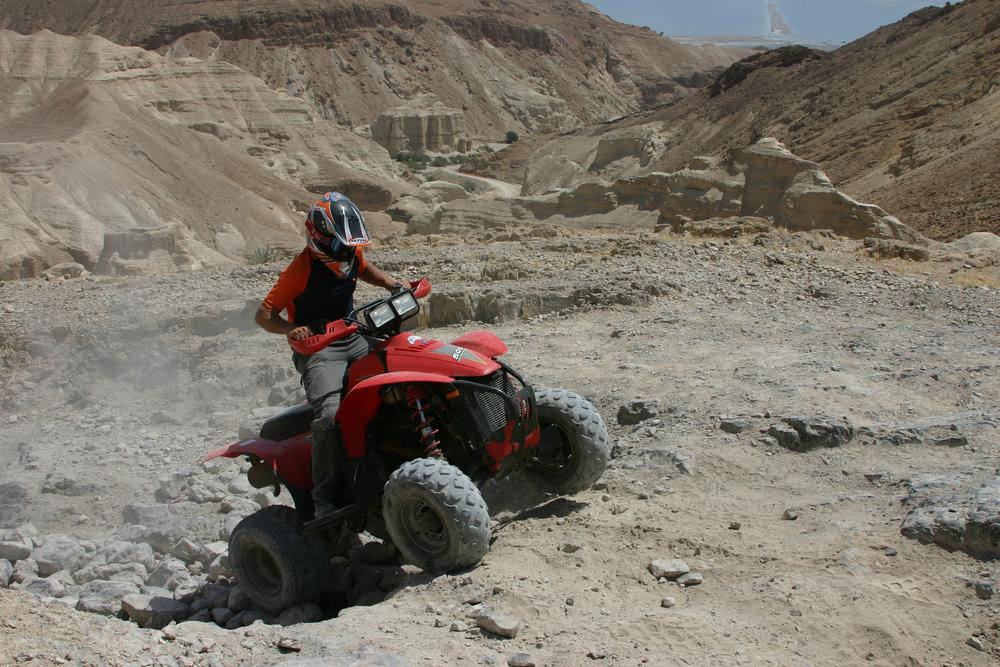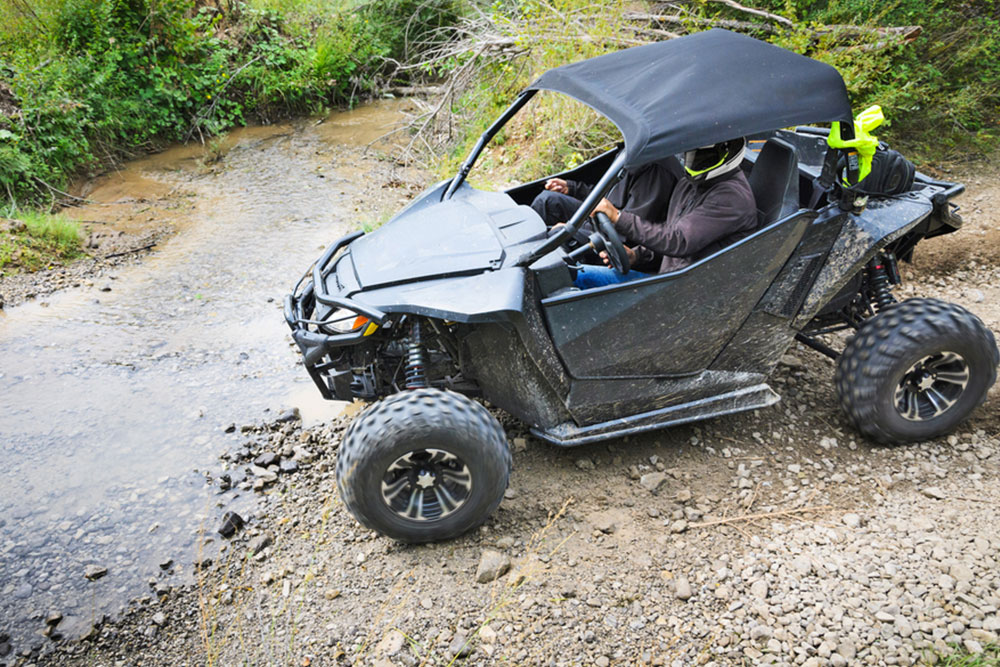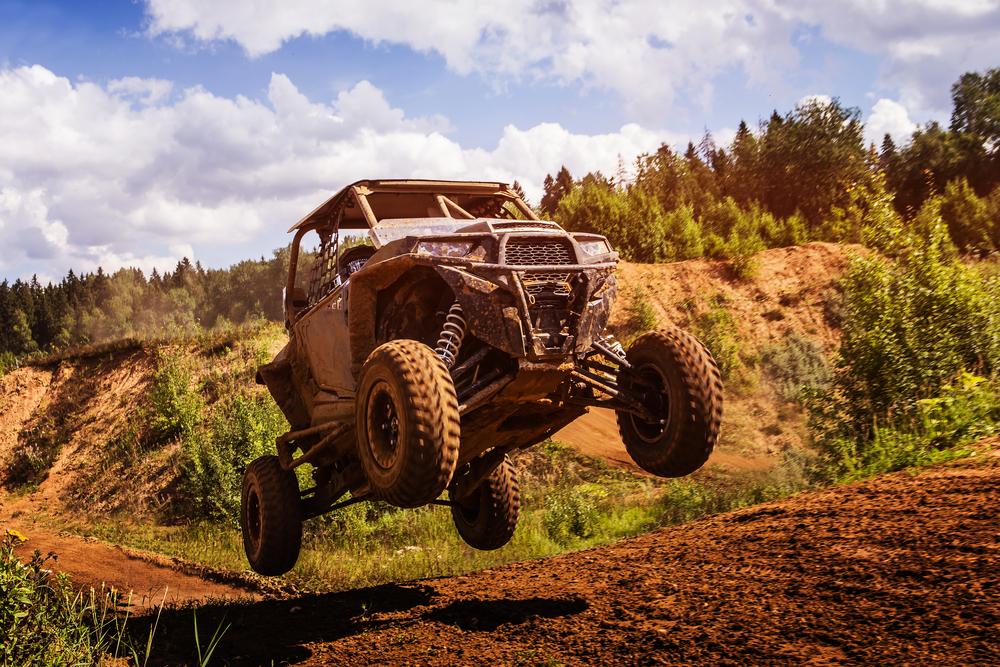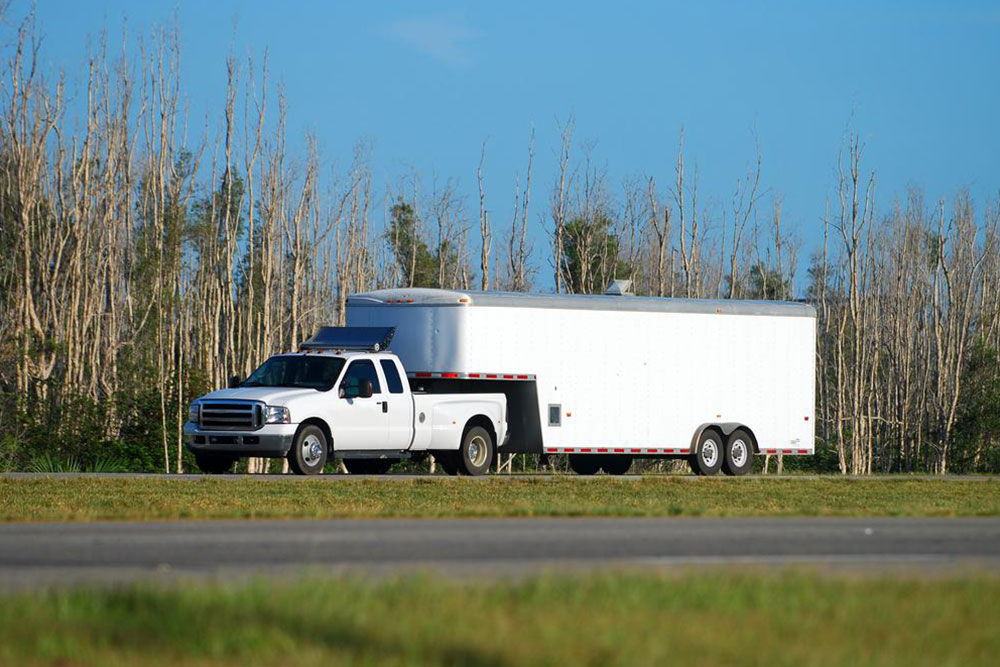Differentiating ATVs and UTVs: Features and Applications
This article explores the main differences between ATVs and UTVs, highlighting their design, uses, and advantages. It emphasizes how UTVs are ideal for heavy-duty tasks in rugged environments, making them essential in various industries. Understanding these distinctions helps users select the right vehicle for their needs, whether recreation, work, or rescue operations.

Key Differences Between ATVs and UTVs
While often compared, All-Terrain Vehicles (ATVs) and Utility Task Vehicles (UTVs) serve distinct roles. ATVs are smaller, lightweight vehicles suited for recreational riding and light work, whereas UTVs are larger, more durable, designed for heavy-duty tasks and rough terrains.
UTVs, known as side-by-sides, are built for utility, featuring robust frames for hauling gear and navigating challenging landscapes. Their ability to handle debris, water, and mud, along with substantial towing capacities, makes them ideal for demanding environments.
While UTVs tend to be more costly than ATVs, their multifunctionality benefits industries like agriculture, construction, and outdoor recreation. They can be customized with accessories to improve performance. During winter, especially in snowy areas, UTVs are invaluable for transportation and rescue efforts, extending their utility beyond just fair-weather use.


